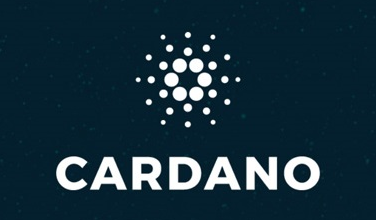Cardano’s Progress in the First Quarter of 2025 | Messari

Q1 2025 was a transformative period for Cardano as it implemented its onchain Constitution on Feb. 24, 2025. This was a significant move towards decentralized governance, with DReps, SPOs, and the Constitutional Committee taking the lead. Despite market challenges, including a 22% plunge in ADA’s price and a 29% contraction in DeFi TVL, the enactment marked a crucial milestone for the project’s governance structure.
During Q1, the circulating market cap of ADA fell by 21% QoQ to $28.8 billion, accompanied by a 22% drop in ADA’s price to $0.66. Transaction fees (USD) also decreased by 28% QoQ to $1.3 million, driven by a 28% decline in average daily transactions to 51,500.
The DeFi ecosystem on Cardano saw a 29% decrease in TVL to $319.3 million, slightly outperforming the broader market decline. However, the DeFi diversity score increased by 13% to 9, indicating a more evenly distributed TVL across various protocols. The stablecoin market cap also witnessed a 30% QoQ growth to $30.2 million, with USD-backed stablecoins such as USDM and USDA driving this expansion.
Cardano, a PoS Layer-1 blockchain launched in 2017, prioritizes security, scalability, and functionality for decentralized applications. Supported by entities like IOHK, Cardano Foundation, and others, the network stands in the governance phase (Voltaire) of its roadmap. Ouroboros, the consensus mechanism, allows stake delegation, while the eUTXO accounting model ensures scalability and native token transfers.
After introducing smart contract capabilities through the Alonzo hard fork in 2021, Cardano ventured into traditional crypto markets like DeFi and NFTs. The network boasts a dedicated community of users and developers, showcasing resilience and growth potential. ADA, the native currency of Cardano, plays a crucial role in facilitating transactions, staking, and governance mechanisms on the network.
In Q1, ADA’s circulating supply continued to inflate until reaching its maximum supply of 45 billion tokens. The network rewards SPOs with 0.3% of ADA reserves post each epoch, pushing inflation towards zero as the circulating supply nears the maximum cap. Despite ADA’s price and market cap declining by 22% and 21% respectively, the currency ranked 9th based on its circulating market cap by the end of Q1.
Transaction fees also decreased significantly in Q1, with fees (USD) falling by 32% to $1.2 million due to ADA’s price decline and reduced daily transactions. Despite these challenges, Cardano’s treasury balance increased by 5% to 1.7 billion ADA, providing essential funds for network maintenance and development through community governance.
Network analysis in Q1 highlighted a rise in average transaction fees (USD) by 27% to $0.29, driven by ADA’s price volatility. While the total stake (USD) declined by 22% to $14.4 billion, ADA’s staking rate and total stake remained relatively stable. Average daily transactions decreased by 28% to 71,500, indicating reduced user activity, with daily active addresses decreasing by 2%.
With the Chang Upgrade in April 2024, Cardano introduced onchain governance through a two-phase network hard fork. Voltaire, the project’s final roadmap phase, paves the way for a transparent and community-driven governance structure, ensuring Cardano’s continued growth and decentralization.




